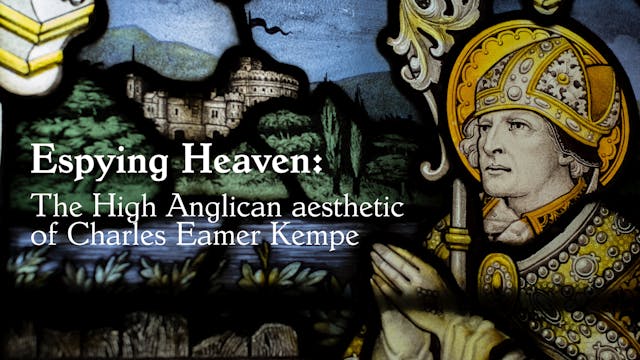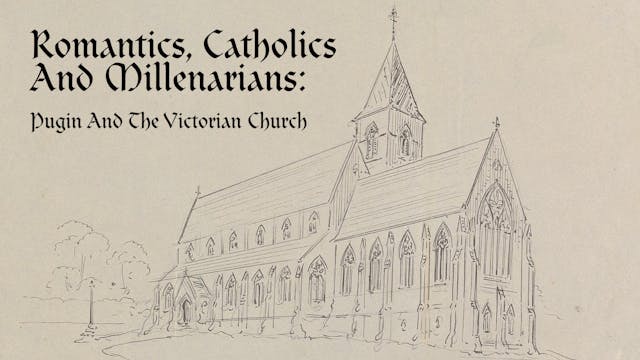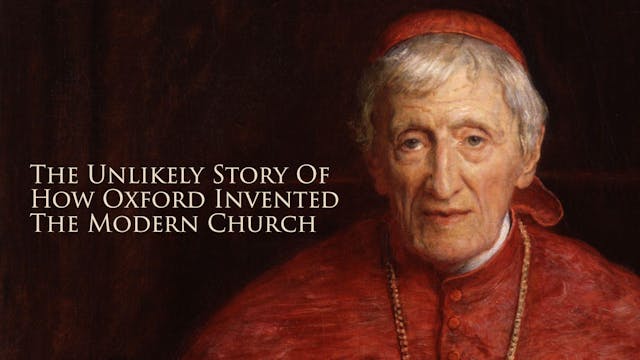The politics of Redundancy
Our Free Lectures
•
1h 11m
The Church Commissioners played a ubiquitous part in the life of the Church of England across the second half of the twentieth century. Established by the union of the Church Commissioners and Queen Anne's Bounty in 1948, the body was devised to oversee questions of pastoral reorganization in every diocese while meeting the stipends of a growing number of bishops, financing - in part - the work of cathedrals, and supporting new schemes of various kinds throughout the Church. Much of this was facilitated by a bold policy of investments which proved brilliantly successful until, at a crucial point, it proved disastrously unsuccessful. In short, the Church Commissioners were responsible for a great deal which defined the affairs of the Church of England at large. They were also blamed for a great deal that went wrong, even when they had nothing to do with it. The closure of churches fell into this pattern. Who, then, decided why certain churches should shut - and on what grounds did they do it? And what happened when such decisions provoked resistance?
Andrew Chandler is Professor of Modern History at the University of Chichester. He was for some years the Director of the George Bell Institute, first at the Queen's Foundation for Ecumenical Education in Birmingham and then at the University of Chichester. He has published widely in the field of twentieth-century religious history, often focusing on the British churches and their experience of international politics. His substantial study, The Church of England in the Twentieth Century: The Church Commissioners and the Politics of Reform, 1948-1998 was first published in 2006. He is a Fellow of the Royal Historical Society.
Up Next in Our Free Lectures
-
Espying Heaven: The High Anglican Aes...
Charles Eamer Kempe was an influential but controversial figure in the world of Victorian stained glass. His friendship and collaboration with the architect George Frederick Bodley helped to establish a distinctive High Anglican aesthetic that has yet to disappear entirely, but his life and legac...
-
Romantics, Catholics &and Millenarian...
A W N Pugin (1812-1852) is now most famous as the co-designer of the Houses of Parliament. His greatest influence, however, was as a church architect. In his short life he transformed church design across Britain and Ireland and his influence extended to America and Australia. Born an Anglican he...
-
The Unlikely Story Of How Oxford Inve...
Join Professor William Whyte of Oxford University as we look at the early beginnings of the Oxford Movement, including the Key Players who helped to shaped and define the Church and whose beliefs and values saw the appearance of churches change in England.



